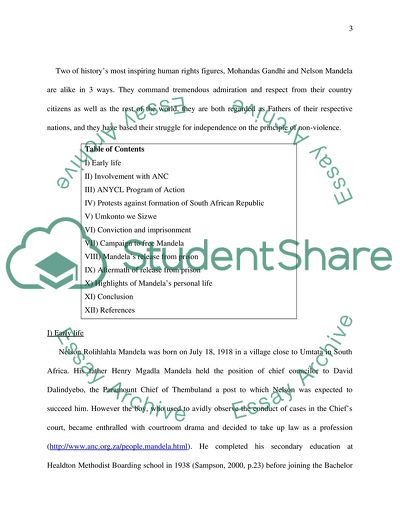Cite this document
(Nelson Mandela Report Example | Topics and Well Written Essays - 1250 words, n.d.)
Nelson Mandela Report Example | Topics and Well Written Essays - 1250 words. https://studentshare.org/people/1718146-nelson-mandela
Nelson Mandela Report Example | Topics and Well Written Essays - 1250 words. https://studentshare.org/people/1718146-nelson-mandela
(Nelson Mandela Report Example | Topics and Well Written Essays - 1250 Words)
Nelson Mandela Report Example | Topics and Well Written Essays - 1250 Words. https://studentshare.org/people/1718146-nelson-mandela.
Nelson Mandela Report Example | Topics and Well Written Essays - 1250 Words. https://studentshare.org/people/1718146-nelson-mandela.
“Nelson Mandela Report Example | Topics and Well Written Essays - 1250 Words”. https://studentshare.org/people/1718146-nelson-mandela.


